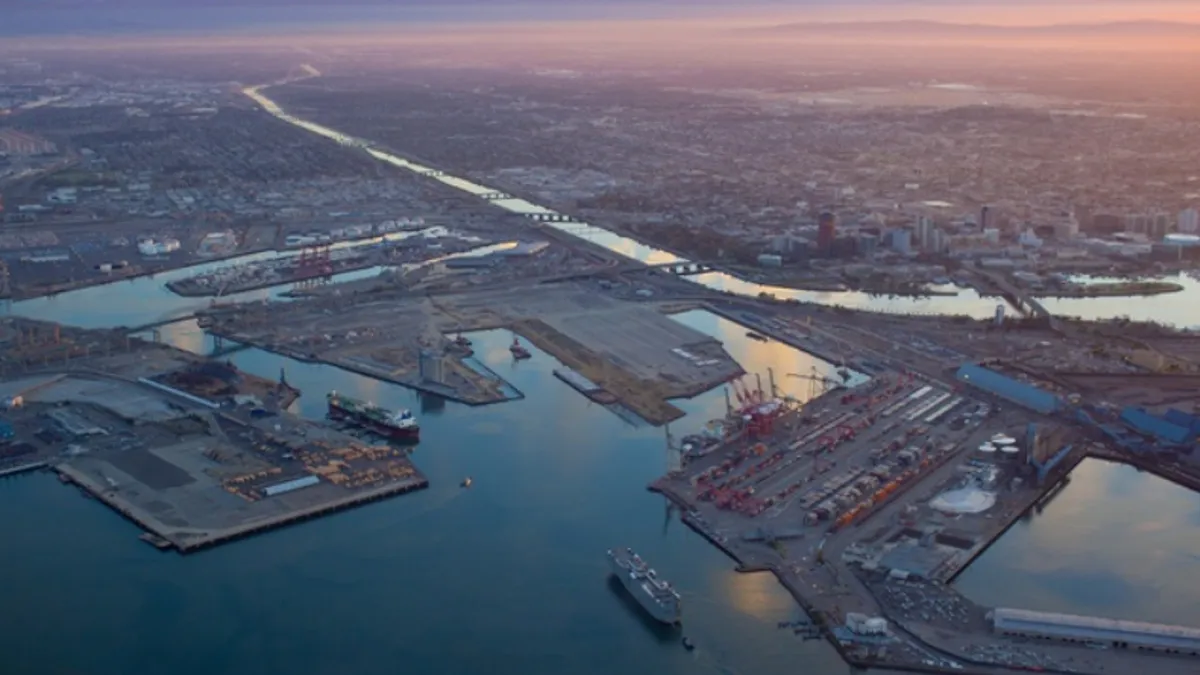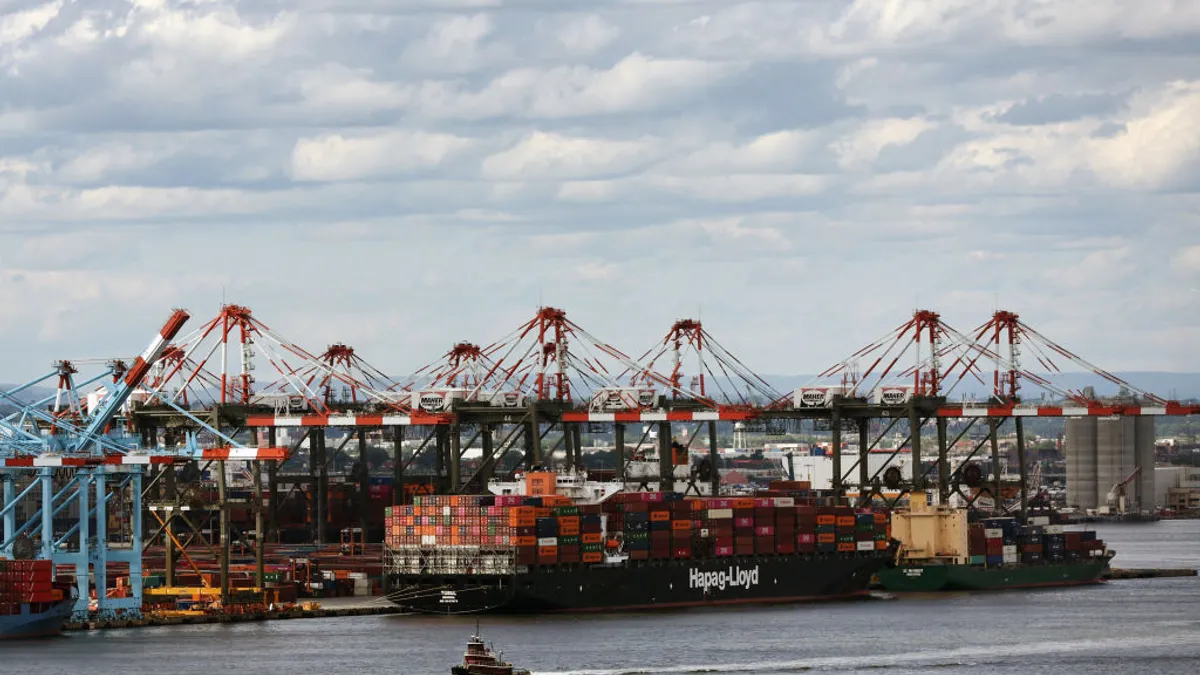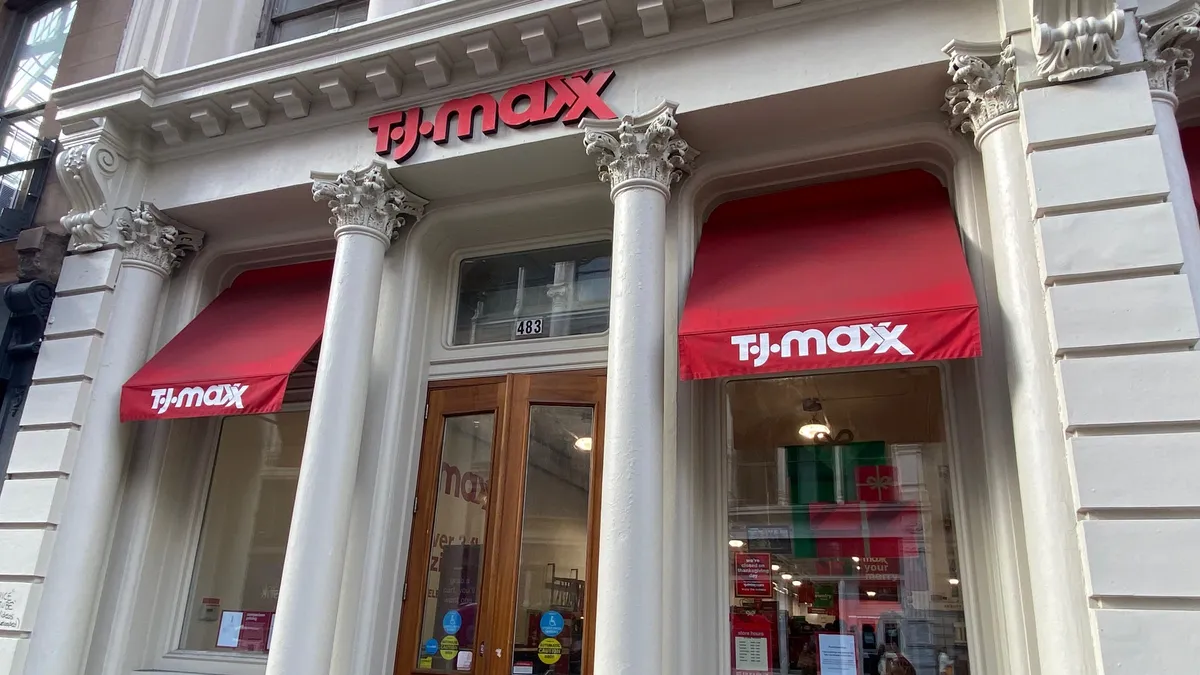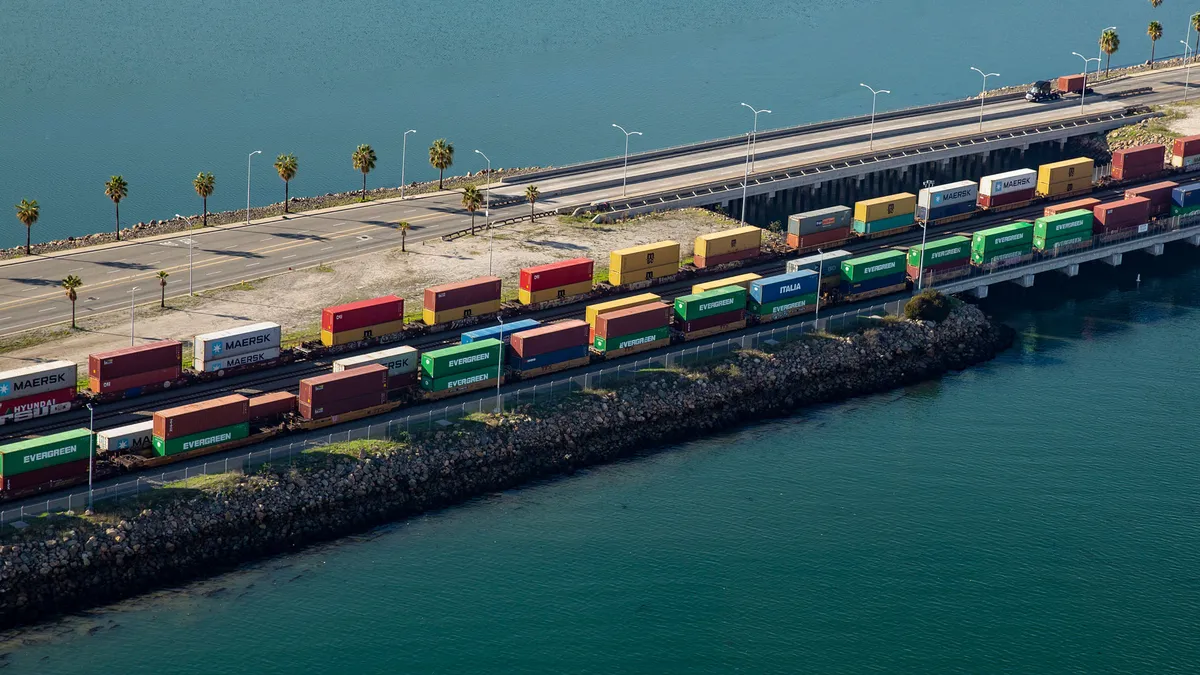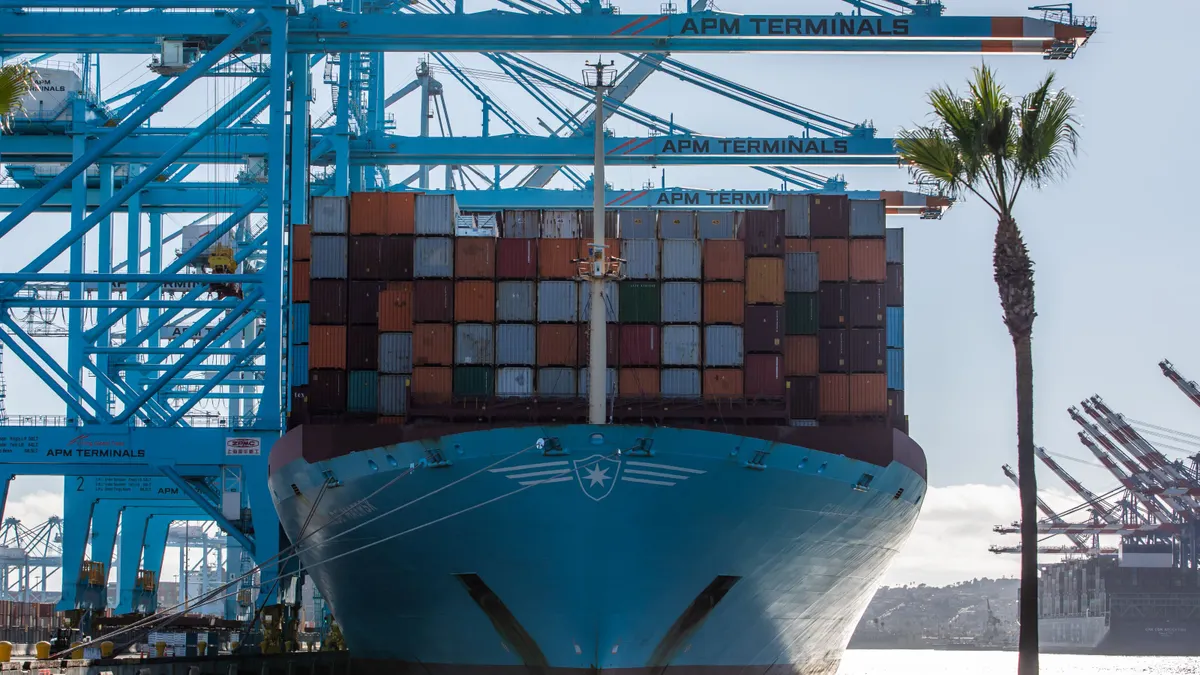This is a contributed op-ed written by Patrik Berglund, CEO and Co-founder of Xeneta, an online pricing comparison platform for containerized freight
Since 2016, the world shipping industries — from box ships to bulkers to car carriers to tankers — have invested hundreds of millions of dollars in scrubbers and retrofitting to meet the Jan. 1, 2020 reduced-sulfur emissions standards set by the International Maritime Organization (IMO). All good, one would say, as the 50,000+ merchant ships currently in operation are said to contribute 9% of the world’s high-sulfur pollutants.
There are three options to meet the Jan. 1 low-sulfur deadline:
- Burn the more expensive, very low sulfur fuel oil (VLSFO).
- Invest in an expensive scrubber system and keep buying the existing high-sulfur bunker fuel.
- Retrofit existing ships or purchase new builds to use liquefied natural gas (LNG).
The box ship industry spent huge dollars on scrubbers (both CMA CGM and SovComflot are fitting their upcoming Megas and tankers with LNG propulsion) and numerous consultants and government agencies have run studies on scrubber-high-sulfur bunker versus VLSFO usage costs. Unfortunately, in spite of the data collected, the unknowns then remain the unknowns today: Will there be sufficient low-sulfur bunker produced to meet demand, and/or will the price of existing high-sulfur bunker drop sufficiently to make installing expensive scrubbers cost-effective?
One short-lived solution came from Indonesia’s Ministry of Transportation, which on July 26, announced it was exempting its domestic shipping fleet from the upcoming high-sulfur standards due to the apparent high cost of low-sulfur bunker fuel. However on Aug. 20, it reversed the decision to delay the International Maritime Organization’s (IMO) low-sulfur fuel regulations and said its domestic fleet must be ready to meet the upcoming low-sulfur regulations.
Transportation Minister Sudiono said in July that one of the reasons for Indonesia not enforcing the low-sulfur rule was because state oil company PT Pertamina refineries produce large amounts high-sulfur fuel oil. However, on Aug. 20, the Transportation Ministry said Pertamina will produce 380,000 kilolitres annually of 0.5% low-sulfur fuel so the domestic shipping industry can meet upcoming IMO standards
Since Pertamina is a factor in the supply of finished products in Asia, producing low-S fuel – or not – could have been a major issue in whether other countries might try to exempt their shipping fleets from the stricter IMO low-S regulations. But for now this hurdle seems to have been cleared.
Every ship around the globe will have had its costs increase, so there is no competitive disadvantage.

As bunker prices rise and fall based on economic and geopolitical causes, how is the Indonesian shipping industry disadvantaged if all ships worldwide are paying a higher price for low-S bunker, or investing in scrubbers in order to keep burning high-S fuel? They’re not; every ship around the globe will have had its costs increase, so there is no competitive disadvantage. With only some 3,600 vessels worldwide installing scrubbers, the vast majority of ships will be using VLSFO, so a more pertinent question might be: Will sufficient low-S bunker be available worldwide for ships to purchase during the November-December run-up to the Jan. 1 deadline? That’s an issue worth following.
The world shipping industry will soon compete for the same low-S distillates used to make gasoline, diesel, jet fuel and heating oil, meaning carriers are now in direct competition with airlines, truckers, railroads and farmers as well as factories, homes, and offices.
Given this profitable opportunity, it seems refineries are adjusting their production to include VLSFO. In Asia, shipments of Indian and Taiwanese gasoline to Singapore have been drastically curtailed, and in the week ending July 10, Taiwanese shipments dropped 80% and Indian shipments fell to zero, likely indicating the refineries were switching from hi-S to low-S production, according to a Reuters report.
The crude oil market has also been cooperating as world economies slow. Higher-S crude from Venezuela and Iran has been replaced by the easily-available lower-S, cleaner crudes from Saudi Arabia, Iraq, Russia and the United States.
The world shipping industry will soon compete for the same low-S distillates used to make gasoline, diesel, jet fuel and heating oil, meaning carriers are now in direct competition with airlines, truckers, railroads and farmers.

The next two to three months will be critical. Storage tanks at ports worldwide need to be cleaned so the newly produced VLSFO can be stored in port-side bunker-operators. Additionally, refineries need to see an increase in VLSFO demand – or a decrease in gasoline, diesel and heating fuel – in order to produce and distribute it profitably relative to the cheaper, higher-S fuels.
The carriers, of course, are looking at a Hobson’s choice of options: If world economies slow, and gas, diesel, etc., demand drops, then refineries will happily produce VLSFO, at relatively lower prices, for the captive low-S carriers – who unfortunately may be hauling fewer containers due to the economic slowdown. But if the business cycle stays strong, the refineries may raise VLSFO prices in exchange for producing it instead of their traditional low-S products.
Between tariff wars, uncertain EU-U.K. economies post-Brexit and the threat of an oncoming economic slowdown, the "do we install scrubbers and hope hi-S prices drop" versus the "let’s buy the more-expensive low-S bunker" debate just adds to the challenge of being a carrier today.









